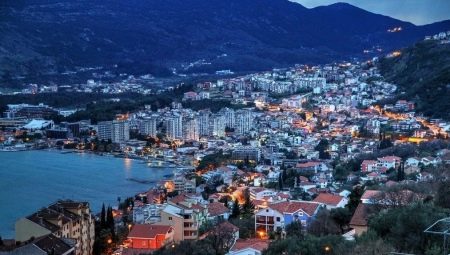Each country is special and uniquely beautiful with some of its faces. This definition fully applies to such a Balkan state as Montenegro. Before a visit there, it is recommended to thoroughly study all its features and nuances.
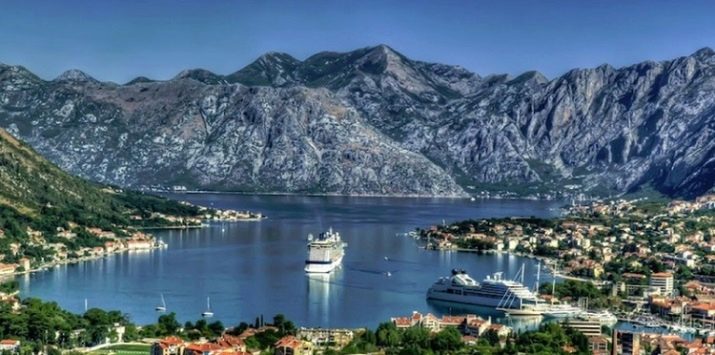
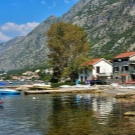


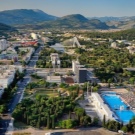
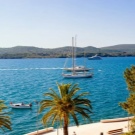
Title and Summary
Montenegro is an amazing state, and this wording is not at all random. Its entire territory is located on the Balkan Peninsula. The only sea whose waves touch Montenegrin land is the Adriatic. A country can be considered both very old and very young at the same time - there is no paradox here. The modern Montenegrin state was founded in 2006, which allows us to consider it one of the youngest not only in Europe but also in the world. Shortly before that, there was a larger entity called Serbia and Montenegro. The neighbors of the country are:
- Bosnia and Herzegovina;
- Croatia;
- Albania;
- Serbia
- indirectly (across the sea) Italy.
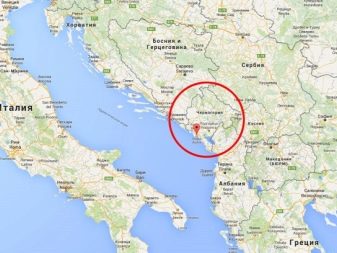
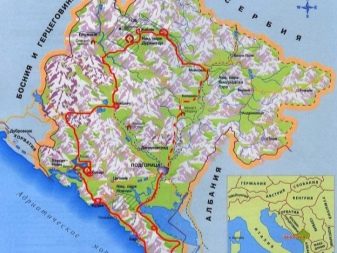
The capital (the largest city in Montenegro in terms of population) is Podgorica. It was built relatively recently, there is no special tourist interest there. The total population of the state is approximately 0.6 million inhabitants. In its territory, Montenegro is inferior even to the smallest of the Russian regions. But the small area did not prevent the local economy from developing markedly.


The total length of the coast does not exceed 294 km. Despite this, the country boasts a wide variety of leisure offers. Each resort is different from the rest and, moreover, magnificent. Only a strip from 2 to 10 km wide directly goes to the sea.
The rest of the territory of Montenegro is located behind the high mountains of black color, by which the state is called.
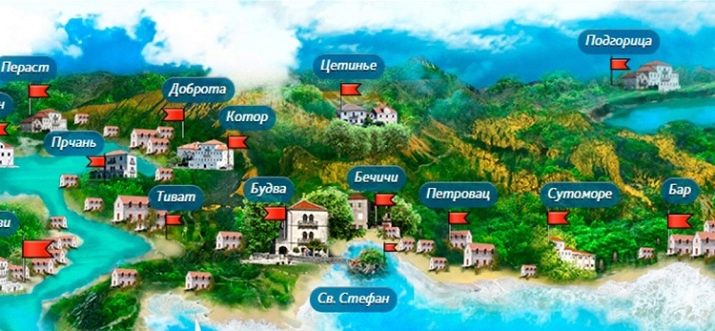
In European languages, a similar name is used - Montenegro. Although Montenegrin lands occupy only 1% of European land, they account for:
- over 25% of plant species in Europe;
- no less than 116 species of fish;
- 5 national parks protecting this magnificence.
Of the 293 km of coastline, 73 km are beaches. From Italy to Montenegro, the coastal strip is the widest - 200 km. At this gap is the deepest section. The official name of the state (in Russian transcription) is Crna Gora.
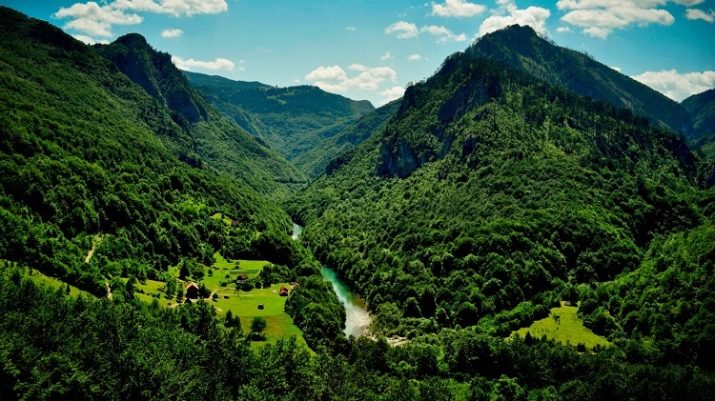


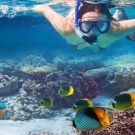
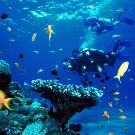
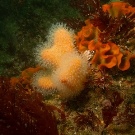
The Montenegrin coat of arms and flag in their modern form were approved in 2004. The coat of arms of Montenegro shows a two-headed flying eagle in yellow. The dynastic coat of arms of the Byzantine emperors of the Paleologists is applied on the chest of the bird. According to the wording in the constitution, he expresses the close cooperation of the authorities and the church, as well as the continuity of generations. The predominant religion is Orthodoxy. Formally, 74% of the country's citizens identify with it. True, there is no exact data on how many of them really meet all the requirements that Orthodox status entails, and which simply pays tribute to fashion.
Almost 20% of Montenegrins (according to the 2003 census) call themselves Muslims, and about 3.5% - Catholics. 1.27% does not recognize the existence of any supernatural forces. About a quarter percent called themselves “just Christians” without specifying a denomination.
Despite the separation of the church from the state, the constitution establishes the obligation of the government to support all religious movements according to their share in the country.
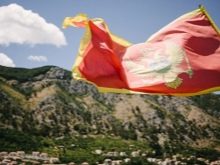
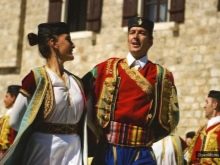
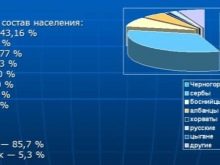
Public holidays are Christmas, Easter and Kurban Bayram. The country used to be called Duclus (although this name was used during the time of the Roman Empire and further until the XI century). In 1040, the state was renamed Zeta. The first mention of the modern word "Montenegro" is in 1296. Initially, it belonged to the territory located around Lovcen Mountain. The independence of the Zeta was interrupted in 1496 by the Turkish conquest.
However, a significant proportion of autonomy has survived. During the XVIII-XIX centuries, as a result of a stubborn struggle, Turkish troops were expelled from the territory of Montenegro. At the same time, the legacy of the conquest remains a fairly significant Muslim population; but among the monuments that era is almost not reflected. Montenegro withdrew from the former Yugoslavia, while remaining in the same state as Serbia.
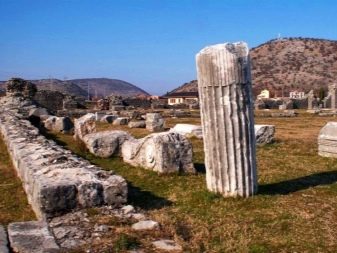
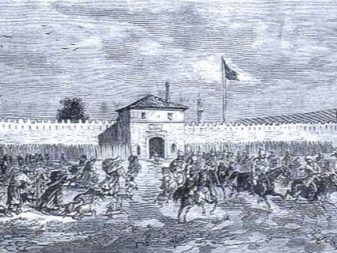
Government structure - parliamentary republic. The President of Montenegro for 2019 is Milo Djukanovic, and the chairman of the Assembly (that is, parliament) - Ivan Brajovic. According to preliminary estimates, in 2018 the number of inhabitants of the country is about 622 thousand people. The time difference with the Greenwich Meridian is + 1 hour, and with Moscow - 2 hours. The longest of the Montenegrin rivers (Tara) reaches 144 km, and Boyana - only 30 km; It used to be used for shipping, but now there is no such possibility.

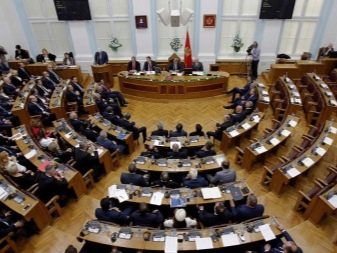
Climate and nature
Climatic conditions in Montenegro are closely related to the features of its relief. Along the narrow Adriatic coast there is a Mediterranean climate. Summer is quite long, the air warms up to 25 degrees. In the summer months, the seashore is rather dry. Winter does not last long, average winter temperatures range from +3 to +7 degrees.
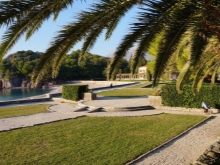
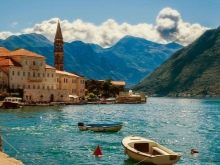
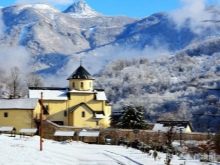
For a year on the Adriatic coast, the number of sundials reaches an average of 2600. The average water temperature is 19 degrees, the lowest - a little more than 10 degrees. The swimming season is in May, the summer months, September and October. In the center, on the plains separated from the coast by the Dinar Highlands, a continental climate takes shape.In the summer months, the average temperature reaches 25 degrees, in winter it ranges from -10 to +5 degrees.
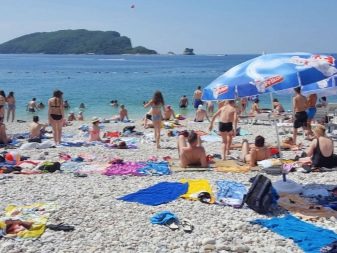
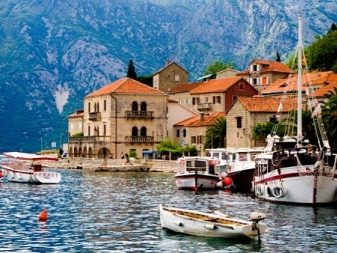
The temperature record is about 40 degrees. The mountainous region of Montenegro is located in the north, and the rivers Piva, Komarnitsa and Moraca are considered its western border. The main part of the territory is composed of small, well-preserved plains, the average height of which is 1700 m above sea level. The mountainous part of the country has a subalpine climate. It is cold in winter and intense snowfalls, while in summer it is moderately warm. The mountain belt stops the air masses, and therefore almost no snow reaches the coast. As for the rivers, they are divided into 2 main river complexes.
To the northwest flow:
- Tara
- Beer
- Cheotin;
- Lim.
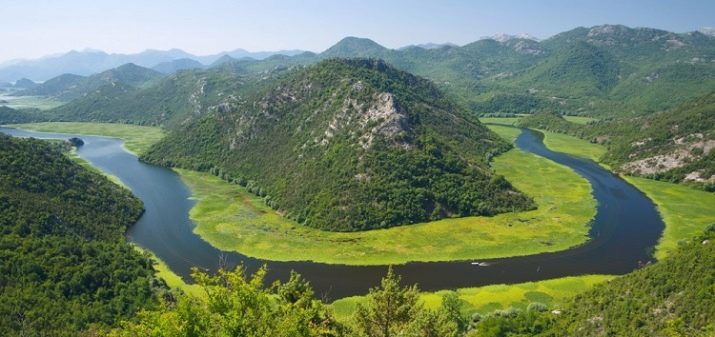
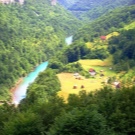


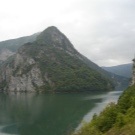
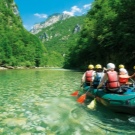
All 4 rivers are tributaries of the Drina (which itself belongs to the Danube basin). The rivers Moraca and Zeta, flowing in the south, replenish the Adriatic Sea with their waters. Tara is famous for having formed a canyon approximately 1.2 km deep. There are no deeper canyons in Europe, and even on the whole planet there is only one canyon deeper.
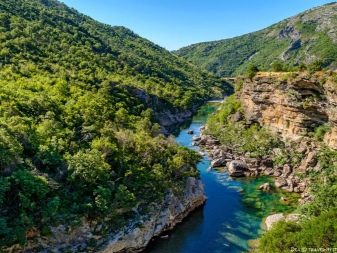
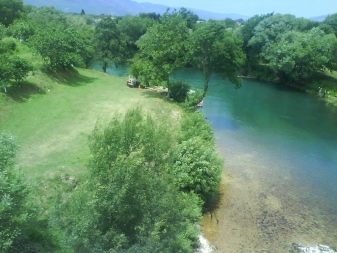
Located in Montenegro Skadar Lake - the largest on the entire Balkan Peninsula. The water mirror extends (depending on the season) to 390-530 square meters. km About 1/3 of the lake belongs to Albania. A pond formed in a huge karst excavation. There are also lakes:
- Shasskoye;
- Slanskoye;
- Krupach.
In Montenegro there are many small mountain lakes remaining after the end of the ice age.
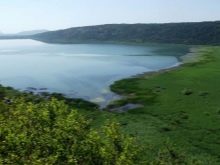
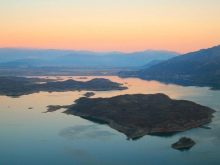
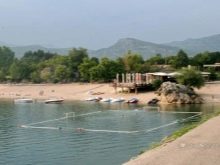
The flora of the country is diverse, it is approximately 2800 species. Of these, 212 grow only in the Balkans, and 22 species can be found only in Montenegro itself. Approximately 1/3 cover forests, and even more (up to 40%) falls on pastures.
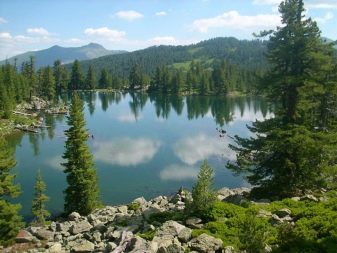
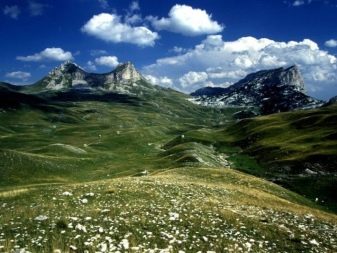
In the era of ancient Greece, the coast was covered with oaks and cypresses. However, they were cut down, as a result of which the soils were damaged, and instead of forests, Mediterranean-type shrubs formed. In some places on the shore, individual cypresses, groves of olives and fruit trees, palm trees, and overgrown grapes are found.
But, of course, it is the maquis that prevails, that is, those same Mediterranean shrubs. Oak and coniferous forests cover mainly high mountains.

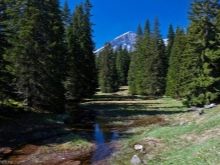
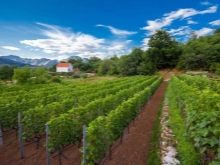
The mixed forest is characteristic of the Biogradska Gora National Park. It grows not only spruce, beech, maple, but even mountain ash. Alpine edelweiss, violets and mountain cornflowers are found in the mountainous part of Montenegro. This suggests that the mountain flora is typical of the alpine meadow belt.
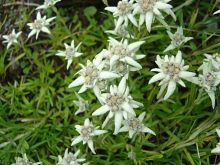
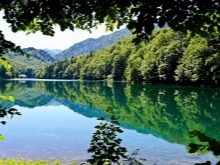
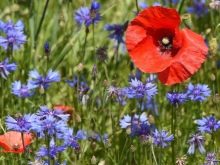
It is expected that rich vegetation corresponds to a well-developed fauna. In the mountains you can meet a wild boar and a bear, a lynx and a wolf. Of ungulates, deer and wild goats live there. Sometimes jackals are found on the Adriatic coast. In places where there are many karst formations, reptiles and turtles live.
The variety of birds in Montenegro is amazing. Eagles (extremely rare in other European countries) and pelicans live here.
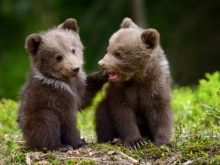


On Lake Shkodra and other lakes for birds, nature itself has prepared an abundance of fish. Among it is dominated by bleak, trout and carp. If not limited to freshwater fish, it is worth mentioning those who inhabit the Adriatic:
- tuna
- palamid;
- sardine;
- mullet;
- mackerel.
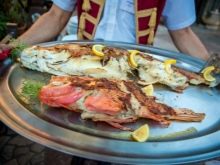
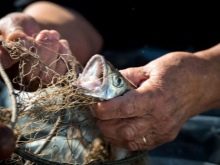
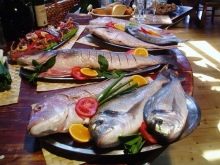
Beautiful places
Yes, the nature of Montenegro is impressive. But even in such a small country there is nothing to think of inspecting the entire territory for a short vacation on vacation. Therefore, it is useful to know which places to visit first.

A good choice would be a visit. mountains of Komovi. No agency sells tours there: neither in Russia, nor in Budva or Podgorica. As a result, the mountains of Komov are quiet and calm, there is no influx of tourists.
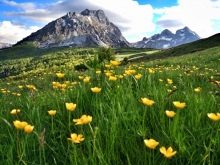
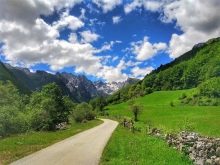

There really is a special world where you can stay alone, enjoying nature and relaxing. The beauty of the local species is not inferior to Durmitor and Prokletie. The road from Budva will be a maximum of 170 km.If you want not only to visit these places, but also to live there, you need to rent a house near the Treshnevik pass (or just pitch a tent nearby).
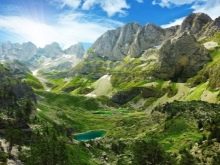
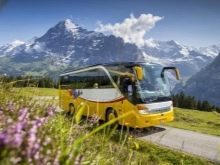
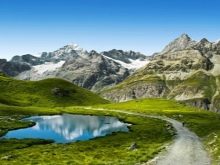
Another wild place that holidaymakers praise is Prokletie Mountains in the Grebai Valley. 10 years ago, these mountains were declared the next national park. People who want to make a trip through the uninhabited mountainous terrain and simply relax here come here. The cliffs looming menacingly, but among them fit several valleys.
Previously, only cattle breeders used the valleys, but in recent years simple restaurants and bungalows with wood stoves have been equipped there.


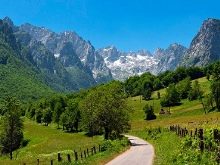
Connoisseurs recommend a trip to the Grebai Valley through Albanian territory. An excellent road has recently been laid there, which will delight you with picturesque views and an elegant canyon. Travel through Albania without visas is possible from April 1 to October 31 inclusive.
But there is another very beautiful place - Poseliani villagelocated on the coast of Skadar Lake. Several centuries ago, a powerful waterfall made it possible to set up a mill and thereby concentrate wealth and influence in the district.

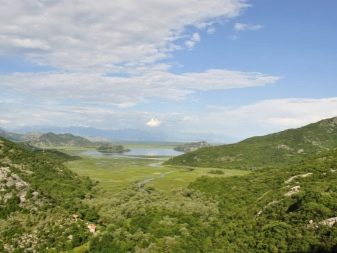
However, the 1979 earthquake deprived the waterfall of its former strength and gradually the area fell into decay. Tourists do not go here in large numbers, as buses simply cannot overcome the impassability. The Villagers get in powerful jeeps.
It is useful to be there because it is one of the few places where the atmosphere of the old Montenegrin villages has been preserved. And nature is very beautiful.
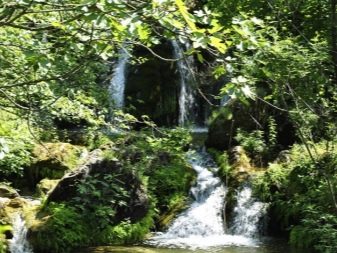
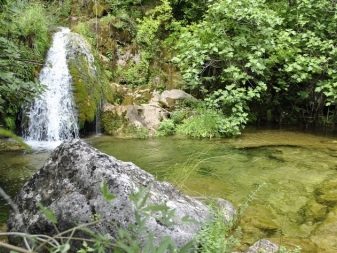
Although the mountains of Komovi mentioned above are considered more impressive than Durmitor, many vacationers dispute this opinion. Especially those who have seen live mountain pass Saddle. On a road with a length of 50 km you can drive in only 90-120 minutes, since it is very difficult, replete with serpentines. Every now and then on the road goes livestock.
But a long journey will delight tourists with the opportunity to enjoy the sight that opens from high peaks. The winding path is inaccessible to large buses. Therefore, visiting the Saddle Pass is not included in the Canyons program. Have to go there on your own.
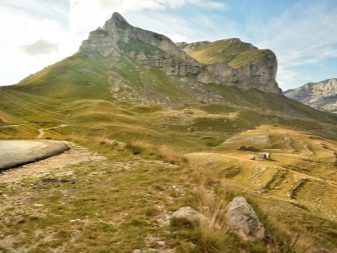
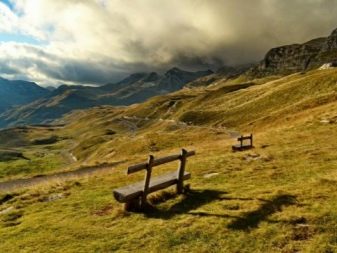
Do not assume that all the beautiful places of Montenegro are located only in the mountains. Most definitely applies to them also St. Stephen Island. Extreme lovers can watch it, getting on a difficult road to the church of St. Sava. From this temple you can also see the Budva Riviera, in different places of which there are pretty red roofs. The best time to visit is spring or late autumn.
The canyon of artificial Lake of Piva will not leave anyone indifferent. Without problems, you can combine his inspection and subsequent acquaintance with Durmitor park.
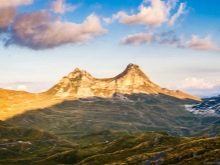
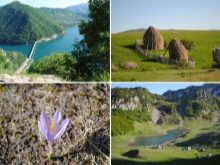
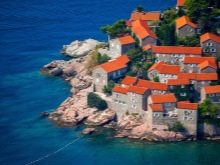
Of the other attractive points are often called:
- Kuchki mountains (especially Bukumirskoe lake);
- Gorlo Sokolovo gorge (where only private guides carry);
- Tsrnoevich river;
- Trnovatsky lake;
- Lustica peninsula (with a clear sea, with camping and opportunities for wild vacations).
The foregoing does not mean that the "mass" places of leisure are worse for something. It is a very good idea to visit:
- Boka Kotor Bay;
- Perast
- Tivat;
- Kotor;
- Blue cave;
- Skadar and Black Lakes;
- Moraca Canyon.
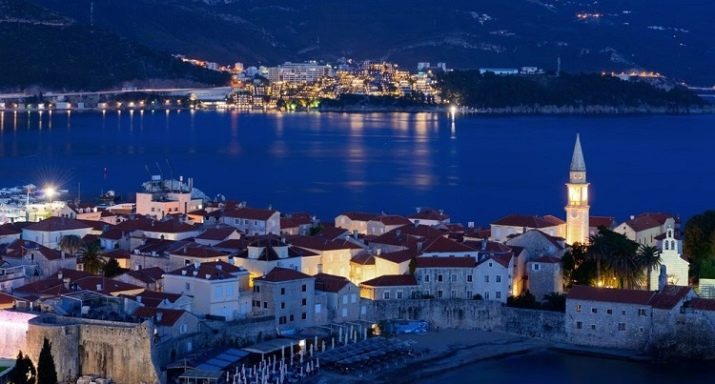

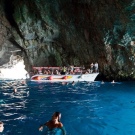

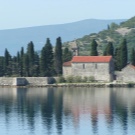
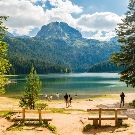
What to try?
Natural and man-made beauties are important, but Montenegro can please tourists with extraordinary culinary. Its development was influenced by Hungarian and Slavic, Turkish and German trends. Much has been borrowed from Mediterranean cuisine. Its influence is especially great, of course, near the coast. They cook food more often from fish and other seafood; they actively use cheese and fresh vegetables.
Mountain dwellers are more accustomed to meat and dairy dishes. Experienced tourists recommend definitely try hangman (as spice chops are called here) and chevapchichi (sausages for which minced meat is mixed).
In the open air razhnichi go very well: this is what they call veal-pork kebabs.

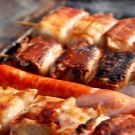
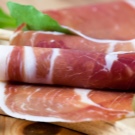
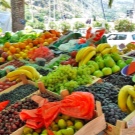

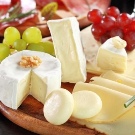
Being close to the Adriatic Sea, it is worth giving preference to fish dishes. Trout, which is stuffed with prunes, or cream-baked carp yapraki will shock even experienced gourmets. Those who prefer Mediterranean cuisine are advised to try pilaf with the addition of seafood. You can try Kashkaval cheese cakes, which the locals themselves put in first place. Cheeses in Montenegrin cuisine are used both in appetizers, in the first dish and even in desserts.
As in other regions of the world, it is customary to complete a meal with sweets and drinks. Among the latter, Montenegrins prefer tea and coffee. Local wine is not too quoted abroad, but deserves to be tasted. The best brand of wines is Vranac. Of the stronger drinks, grape vodka is extracted.
Seafood in Montenegro is quite expensive. In many restaurants, their price is indicated in terms of 100 g, which must be remembered. Often dishes cost 10-20 euros. For salads they usually ask 5-10 euros, desserts from 3 to 8 euros. First courses sell for 3-7 euros.
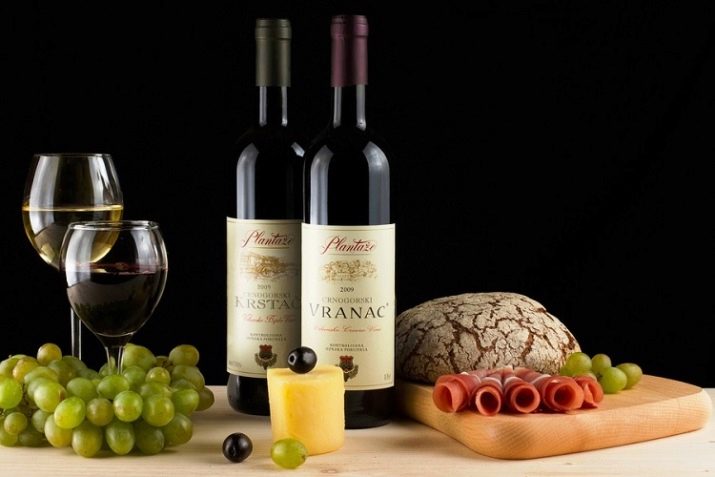
Montenegrins consider kaymak (i.e. cream cheese) to be an important national dish. The consistency of the product is close to sour cream, its taste is very delicate. Kaymak is usually added to dishes of meat and fish. It is also used as a component of vegetable salads. Chorba may also be an attractive choice. For the preparation of this rich soup take diverse varieties of fish.
Montenegrin cuisine includes many dishes based on lamb meat. A striking example - lamb from under the net. For its preparation, cast-iron containers with heavy lids are used (this dish is called sach). A good alternative can be considered a lamb cooked in milk and spices; it is served with potatoes. Negushsky steak, negushsky cheese, prosciutto, tsitsvara - dishes that will complete the first acquaintance with the Montenegrin cuisine.
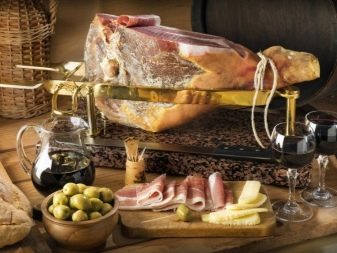
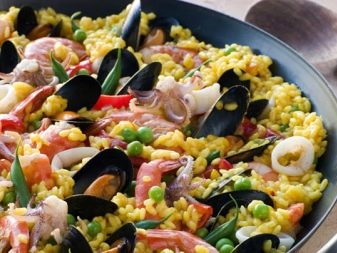
How to get there
An independent trip to Montenegro is quite simple. It is most convenient to fly there by plane. Flights are operated to Tivat and to Podgorica. From Moscow airports, planes leave mainly to Tivat. Using transfers, you can fly to Tivat or Podgorica from any region of our country. There is another way - a flight to Belgrade, from where trains and buses go to Montenegro. What is very important, such a solution helps to save.
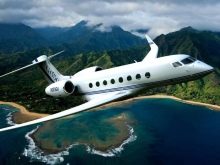

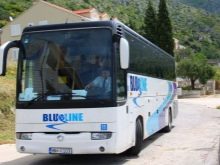
Direct trains from Russia go to Montenegro. But consider this option is only in extreme cases. The meaning of a trip by rail arises in two situations: when there is a strong fear of flying or there is an intention to travel through Eastern Europe by land. Travel time even from Moscow (not to mention the more distant crossings) will be over 48 hours. The fee is greater than when buying tickets. And one more difficulty is registration of the Schengen visa.
Another possible way is traveling by ship; but it is even slower and more expensive than by train.
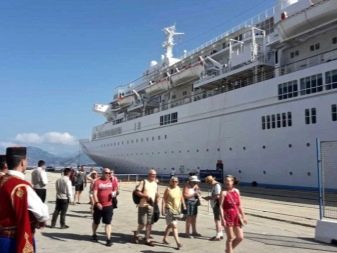
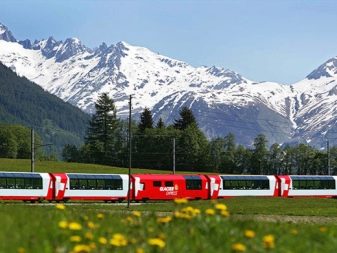
Where to stay?
In October - May, the number of holidaymakers in Montenegro is small and there is no particular need to book accommodation in advance. Owners willingly make discounts to only attract tourists. But one must understand that with long leisure time finding a good property is difficult. Each respectable and conscientious homeowner has familiar customers, for the benefit of which he can evict temporary guests. Particularly likely is such a development in the summer, when demand for housing rises to the maximum. You can solve the problem by preliminary (1-3 months) booking.
You can relax well on the shores of Boko-Kotor Bay. It is recommended to stay there in Kotor, Biele, Perast, Tivat, Herceg Novi. An alternative can be considered Donya Lastvu, Kumbor, Kostanica, Nyvice, Orahovac. Boka Kotorska Bay may not be suitable for families with small children. But such a place is ideal for excursions and visiting festivals, for independent walks.

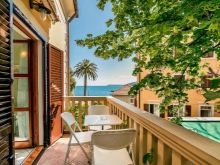
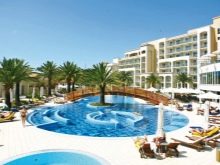
One of the best regions of the country is considered Budva and its surroundings. In addition to Budva itself, Becici and Rafailovich, it is worth paying attention to Rezevici, Petrovac and Pržno. The advantages of this area are:
- high quality beaches;
- clean sea;
- an abundance of restaurants;
- suitability for children's leisure.
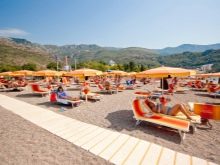

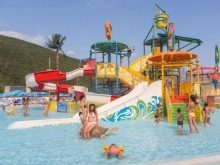
A good choice for tourists can be The master's riviera. In addition to the Bar itself, there are such pleasant towns as Sutomore, Dubrava, Chan, Steeper. There are more bays in this place than on the Budva Riviera, the beaches are relatively small and end with steep cliffs. In the bays of the Barska Riviera, a significant difference in depth is noted.
The Ulcinj Riviera is also good. The farther south you move along it, the fewer people. Closer to the Albanian border, the beach strip merges into one large beach, covered with black volcanic sand. Very small grains of sand can clog any items. Due to the lack of natural barriers, a strong wind often blows here, so the beach is suitable not for sunbathing, but for extreme sports.
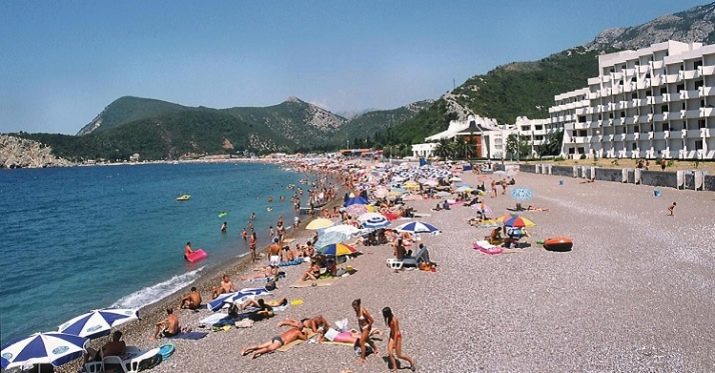
Precautions
A conversation about a trip to Montenegro is appropriate to supplement with an overview of the basic safety requirements. Going there definitely does not make sense to those who have restrictions on travel. The rest can travel to this country quite calmly. The attitude towards the inhabitants of Russia there is quite complementary.
To avoid danger on the roads, you just can not leave the main thoroughfares, which are equipped with all protective equipment. There will be drains for rainwater, and chippers, and nets to stop rockfalls. Without a solid driving experience, it makes no sense to call in the highlands and in directions not visited by excursions. According to unwritten custom, those who move from the side of the cliff have priority.
Riding close to the cliff are required to back up to the nearest pocket.
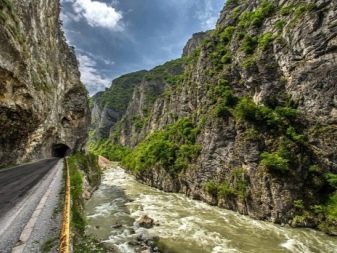

Outside the cities, one must behave more closely on the road. Cattle often go out of control there. Even in the spring months, mountain trails can be covered in snow. Not all tunnels are lit. Knowing all this, as well as giving up night trips to the mountains, you can protect yourself.
Caution when communicating with local residents should be shown near the Albanian border and in other places densely populated by Muslims. Fanaticism is unusual for them (nevertheless, the 21st century has done its job), but it’s stupid to provoke people. It is necessary to consider this moment when choosing clothes. It is undesirable to appear with alcohol or in a drunken state, with products prohibited in Islam. You should beware of the border with Albania and the obsessive gypsies who live in large numbers here.
Of course, not everyone is aggressive or dangerous in terms of fraud. But one must always weigh probable risks and not flaunt fearlessness in vain. In areas on the border with Kosovo, minefields are often found, many of which are not even equipped with signs. Therefore, it is worth it or not to go there at all, or to take a guide from among the local residents.
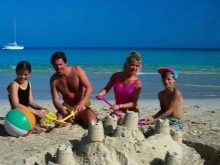

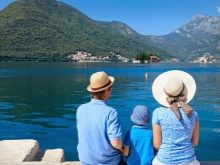
In addition to anthropogenic hazards, it is important to know the natural threats. The lush nature of Montenegro provides a place for a large number of snakes. You can stumble upon them anywhere, even on equipped beaches. Walking through the forest, you should make as much noise as possible, then the danger of an unintentional meeting with bears or wolves is reduced to zero. It is advisable to bring along local guides who know dangerous places. Sea urchins, jellyfish and other potentially dangerous animals and plants live in the water near the shore.


In any place, the elementary rule should be strictly observed: if the animal or plant is unfamiliar, you should not even come close to them. It is categorically unacceptable to eat ripped fruits, mushrooms, berries. For communication with young people, especially in the southern part of Montenegro, it makes sense to tighten your knowledge of English. The police do not pose a threat if you do not commit gross violations and do not violate the Criminal Code.
And one more nuance: as in any resorts, you can not show money to outsiders.
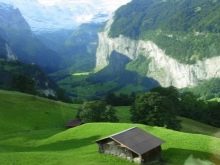
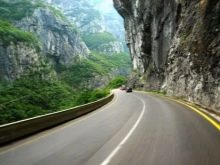
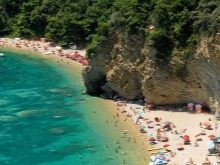
Useful and interesting facts.
Vacationers in Montenegro should take into account that local residents live leisurely and measuredly. In addition to beach activities and excursions, they also go to ski resorts here. On the Adriatic coast year-round green vegetation. In Boka Kotor Bay, you can see ocean-class cruise ships. Periodically, under the influence of winds from the Sahara, the air warms up very much and then waves up to 4 m high fall on the beaches.
The legislation requires all organizations and entrepreneurs to provide their employees with official holidays in accordance with denominations. Hearing the shooting, you should not be scared once again - most likely, it is just celebrating the birth of children. McDonald's does not work in Montenegro, but there are other options for fast food. Since the locals are accustomed to drinking coffee, tea in cafes and restaurants is always of poor quality. It is practically impossible to find a disco in the country, they usually dance near tables, and not on dance floors.
Montenegrins - one of the most smoking nations in the world. At the same time, they are also champions of growth. When buying beer in this country, they are sure to hand over the bottles.
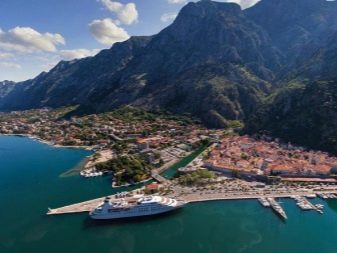
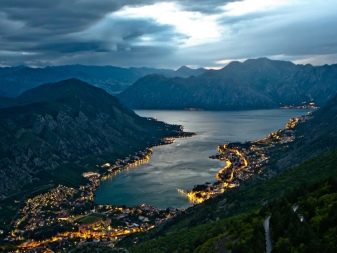
The attitude towards children is good, including children of tourists.
In the next video, you can go to Montenegro together with the hosts of the program Orel and Reshka.
